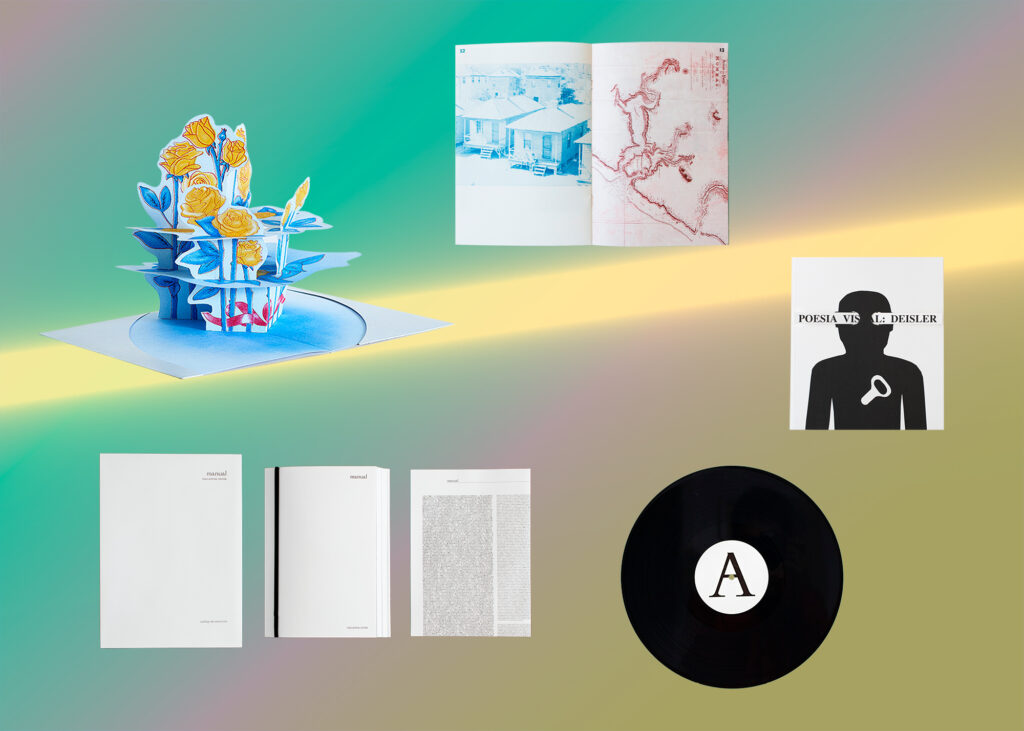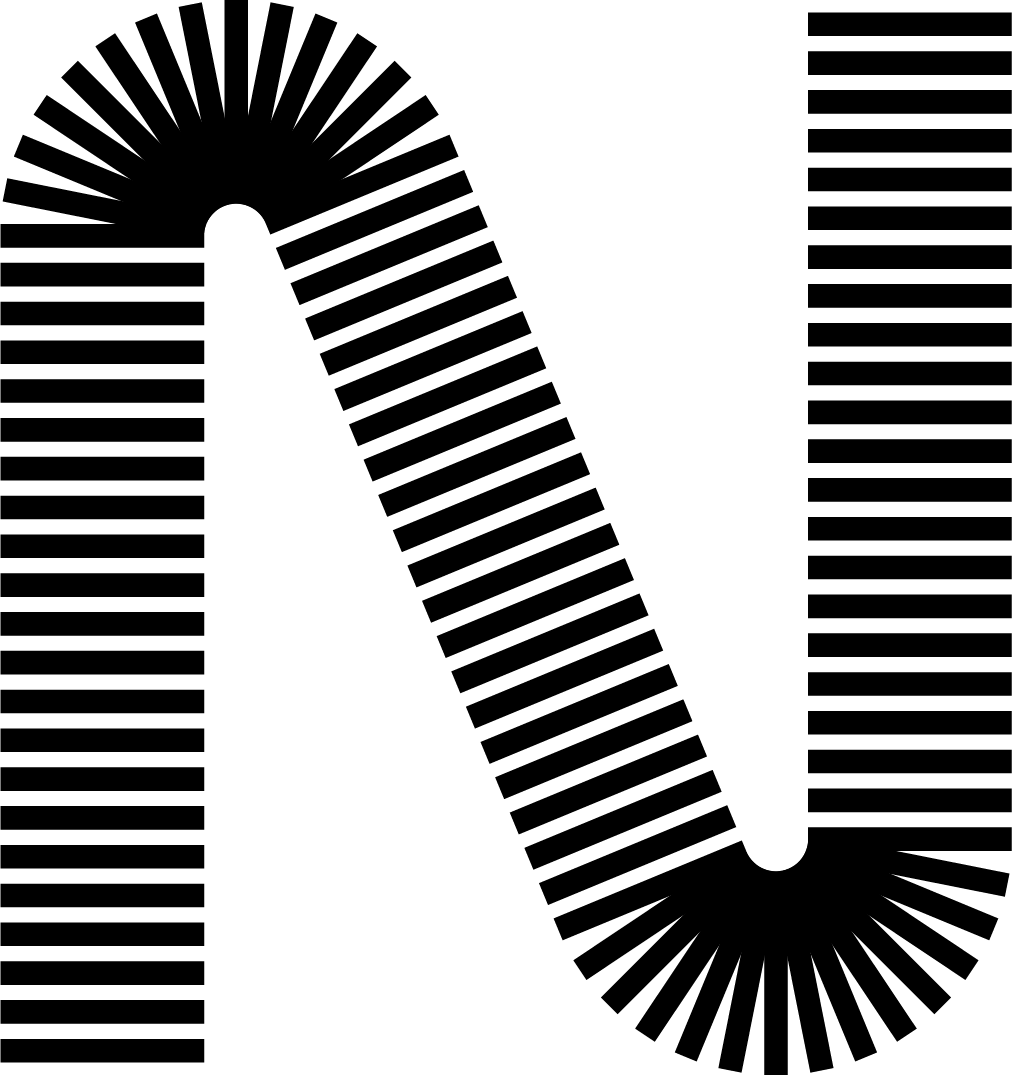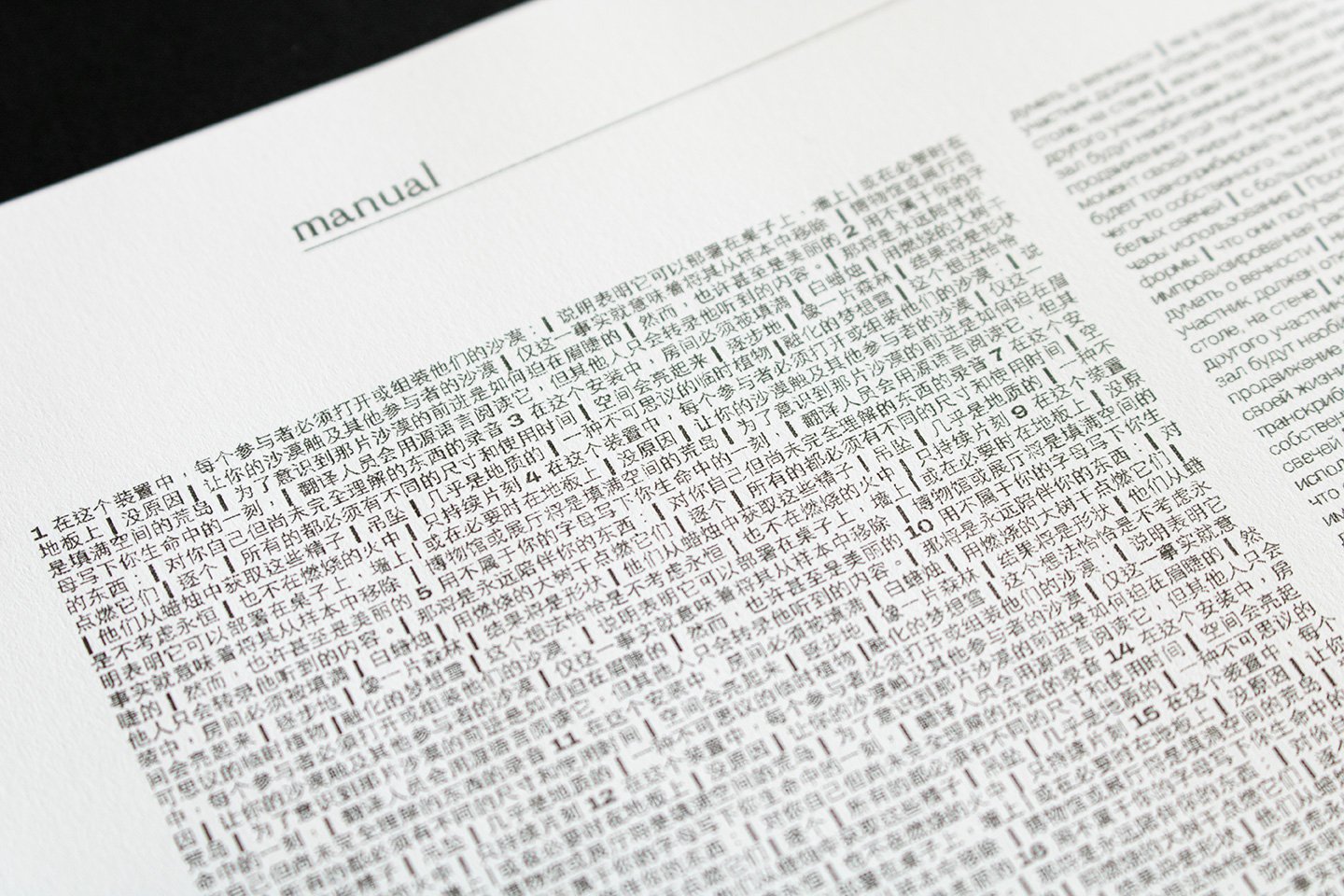Although there are several references when we speak of instructive or propositions to be made in the field of literature and the visual arts, the first thing that comes to mind, because of our editorial practice, is Guillermo Deisler. Then, other characters and works appear: Yoko Ono’s “Grapefruit”, Sol Lewitt’s “Drawing instructions”, the proposals to be made by Edgardo Antonio Vigo and Clemente Padín, and Kosuth’s collaboration in the so-called “The Xerox Book”.
It is interesting what happens to us with the instructions in the works, because in some way we believe that it is a way of controlling their correct execution, and at the same time it is an act of trust in the multiple possibilities that they can assume through the hands and the will of the one who receives them.
For the Curated Table #005, entitled Reading Instructions, we made a selection of publications that have explicit and implicit instructions that invite us to play, read, listen and imagine.

- Manual by Macarena Urzúa (Naranja Publicaciones, 2023)
Manual is framed within works with restrictions and instructions, inspired in turn by experimental works such as those of Fluxus, the instructions of Yoko Ono, or also Dadaist or Oulipian works.
In this publication, Macarena Urzúa configures a set of instructions for creating works for an imaginary gallery with installations spread across five exhibition rooms: installation, sound, printmaking/photography, abstraction and nature, and writing.
In addition, it contains a leaflet, similar to the manuals that come in furniture boxes or the instructions contained in medicine boxes, translated into Chinese, Russian, Nepali and Persian.
2. Espejismo by Aurora Muñoz (Baliza, 2021)
The artist Aurora Muñoz specialises in developing paper volumes, as well as teaching the art and technique of pop-up. In this publication she transfers his experience in this technique to a book that can be assembled following a series of instructions.
3. Écfrasis by Various authors (Muro Sur, 2018)
This publication brings together the recorded voices of 29 artists describing a work of art they would like to present for a hypothetical exhibition in Amsterdam in 2020. This was the origin of the sound material for a double vinyl called ÉCFRASIS.
A common point among the participating artists is that they were part of Muro Sur, an art space and collective that became a refreshing and interesting approach to the exhibition experiences in Santiago de Chile in the 1990s.
The participating artists are: Carlos Altamirano, Magdalena Atria, Mónica Bengoa, Nicole Carvajal, Juan Castillo, Patricia Cepeda, Juan Céspedes, Joaquín Cociña, Claudio Correa, Ricardo Cuadros, Gonzalo Díaz, Paz Errázuriz, Francisca García, Nury González, Ignacio Gumucio, Voluspa Jarpa, Cristóbal León, Su Melo, Claudia Missana, Marcela Moraga, Carlos Navarrate, Mario Navarro, Giancarlo Pazzanese, Martín La Roche, Paula Salas, Francisca Sánchez, Cristián Silva, Eduardo Vilches and Ximena Zomosa.
4. Quickcrossword Nº13.692 by Martín La Roche (Calipso press, 2018)
Quick Crossword Nº13,692 is a crossword book by Chilean artist Martín La Roche. This publication is part of the project of the same name in which the artist proposes different strategies for solving the crossword puzzle Nº13,692, originally published by the English newspaper The Guardian, taking it freely to editorial, graphic and installation spaces.
In this seventh version, the crossword was solved by searching Google Images for each of the clues, establishing visual and textual relationships. The edition was printed in riso by Calipso Press.
5. Poesía visual: Deisler. Poemas visivos y proposiciones a realizar by Guillermo Deisler (Ediciones Mimbre, 1972; Naranja Publicaciones, 2022)
Poesía Visual: Deisler, poemas visivos y proposiciones a realizar is a work by the Chilean artist Guillermo Deisler from 1972 that is part of his publishing project Ediciones Mimbre, the first one produced by the artist in offset printing system.
In the artist’s catalogue this is a transitional space in Deisler’s poetic character towards certain languages that would persist in his later work, such as the use of collage and typographic assemblage. To these are added strategies used in works such as GRRR (1969) that will remain in the works that succeed it, such as the “propositions to be made”, which are made up of material elements that seek to make possible instances of active reading through the proposition of various actions to be completed by the reader.
As for the propositions put forward in the work, there is an air mail envelope inserted in a page of the book where the author invites the reader to send him reflections on a game with matchsticks; there is also a kraft paper box with the possibility of tearing it off to dispose of the reader’s waste.






 No products in the cart.
No products in the cart.